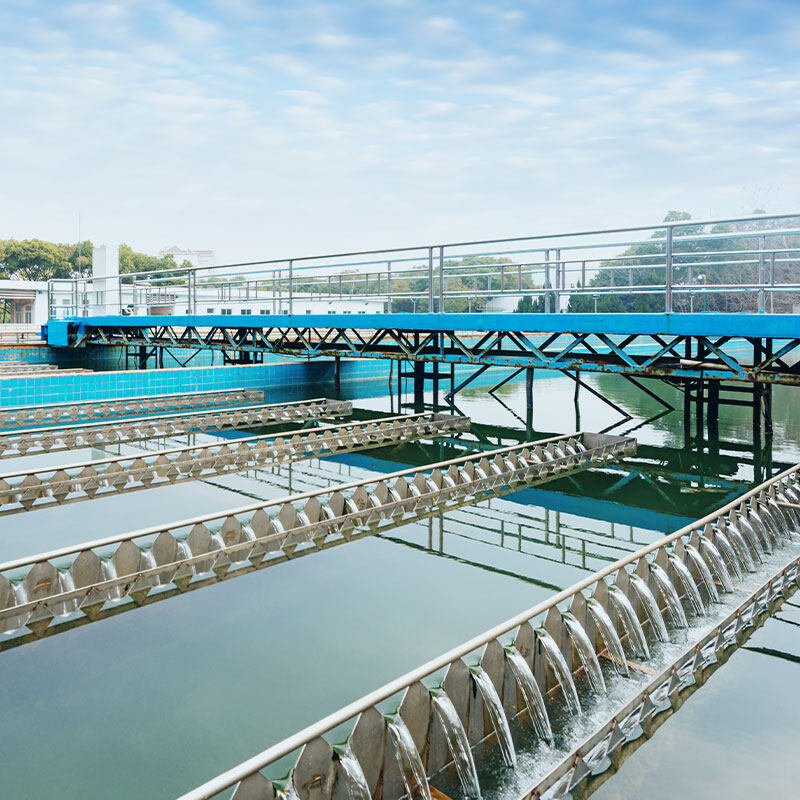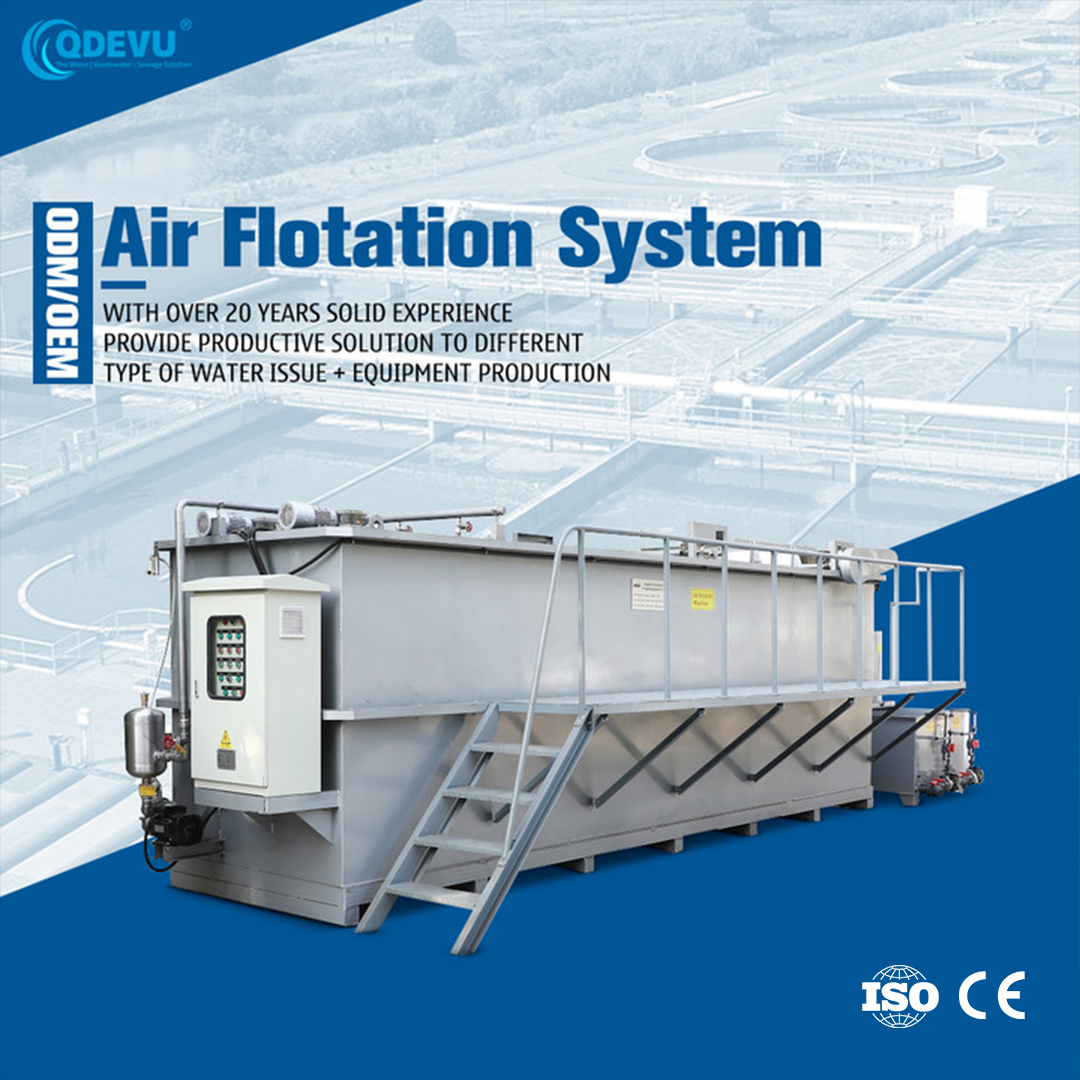Treatment and Recycling for Papermaking Wastewater
Recycling of papermaking wastewater is also important to conserve water resources and reduce environmental impact. One method for recycling papermaking wastewater is to use it as a source of process water for the papermaking process itself, which can reduce the overall amount of water needed for production.
Common Pretreatment Methods
The pre-treatment process mainly consists of Grids, Screens, Fiber recovery systems, Regulating water volume and water quality.
Different pre-treatment methods can be adopted according to different papermaking industry wastewater quality to remove some pollutants, improve wastewater quality, and achieve the best treatment effect of the entire wastewater treatment system.
Main Treatment Methods
The concentration of SS and COD in waste paper and papermaking wastewater is high, and COD is composed of two parts: insoluble COD and soluble COD.
Generally, insoluble COD accounts for the majority of the total COD composition. When SS is removed from the wastewater, the vast majority of insoluble COD is simultaneously removed. Therefore, the main problem to be solved in the treatment of waste paper and papermaking wastewater is the removal of SS and COD. The main methods are as follows:
Air flotation or sedimentation method. Using air flotation or sedimentation methods, by adding coagulants, the vast majority of SS can be removed, while the majority of non soluble COD and some soluble COD and BOD5 can be removed.
Combination of physicochemical and biochemical treatment. For large and medium-sized waste paper and papermaking enterprises with low discharge of papermaking wastewater and high COD content in wastewater, it is difficult to achieve the discharge standard through single stage air flotation or sedimentation physicochemical methods, as soluble COD and BOD5 mainly need to be effectively removed through biochemical methods. Generally, physicochemical and biochemical treatment methods are used.
Sludge disposal and comprehensive utilization. The loss of pulp during the papermaking process is inevitable, and there are two benefits to recycling the waste pulp that flows into the wastewater: first, the recovered pulp can be reused for papermaking or sold as a raw material for low-grade paper, generating direct economic benefits; The second is to reduce the wastewater treatment load and reduce agent consumption.
Recycling of papermaking wastewater
Recycling of waste water from pulping machines
The waste water discharged from the pulp beater contains the same composition as black liquor, but with a lower concentration. Due to the small amount of organic substances (fibers, alkalis, etc.) contained in the wastewater, recovery is difficult, but the total solids, suspended solids, and BOD5 in the wastewater are still high, and direct discharge still causes serious water pollution, which requires treatment. The main treatment methods include coagulation sedimentation method, air flotation method, activated sludge method, stabilization pond method, biological filter method, and A/O method.
Recycling of waste water from folding paper machines
The wastewater discharged from paper making machines contains a large amount of fiber, which will cause great waste if not recycled. Therefore, the wastewater from paper making machines must be fully recycled and reused. This water can be used to dilute the pulp (such as the white water discharged from the table roller), and some can be sent to the pulping project for use (the wastewater from the suction tank and the Fu roller). The wastewater that cannot be used in the pulping project should be sent to the recycling device for feed recovery.
Papermaking wastewater treatment - air flotation system
The QDEVU Air Flotation System is an effective solution for separating light flocs, colloidal substances, and oil from wastewater that are otherwise difficult to remove through precipitation. With the use of pressurized air-saturated water, suspended solids and lighter liquid contaminants are moved to the surface of the DAF vessel before being scraped off.
The system is automated using a programmable logic controller, and offers multiple advantages, including large capacity, high efficiency, and a small footprint. Additionally, the system is easy to maintain and eliminates sludge bulking while also removing surfactants and odors from the water.
In short, the industrial water treatment plant is an effective way, and the DAF system provides favorable conditions for subsequent treatment processes and works well in low-temperature, low-turbidity, and algae-infested water.
Visit www.evuchina.com for more information!



